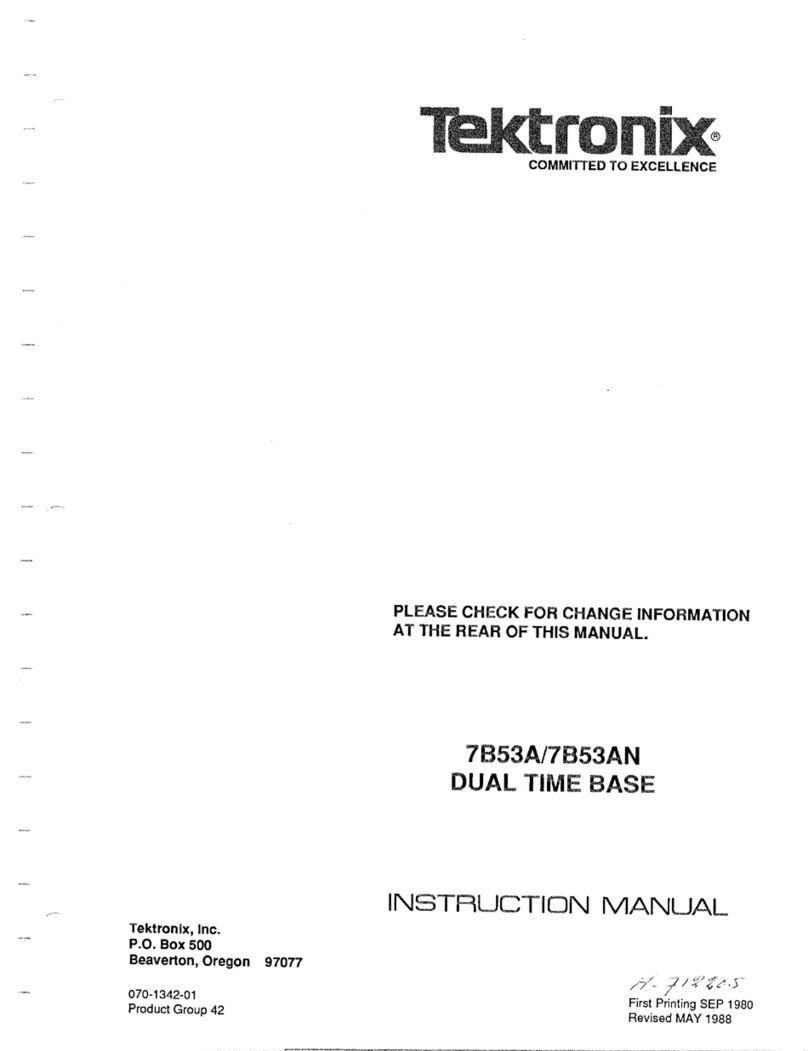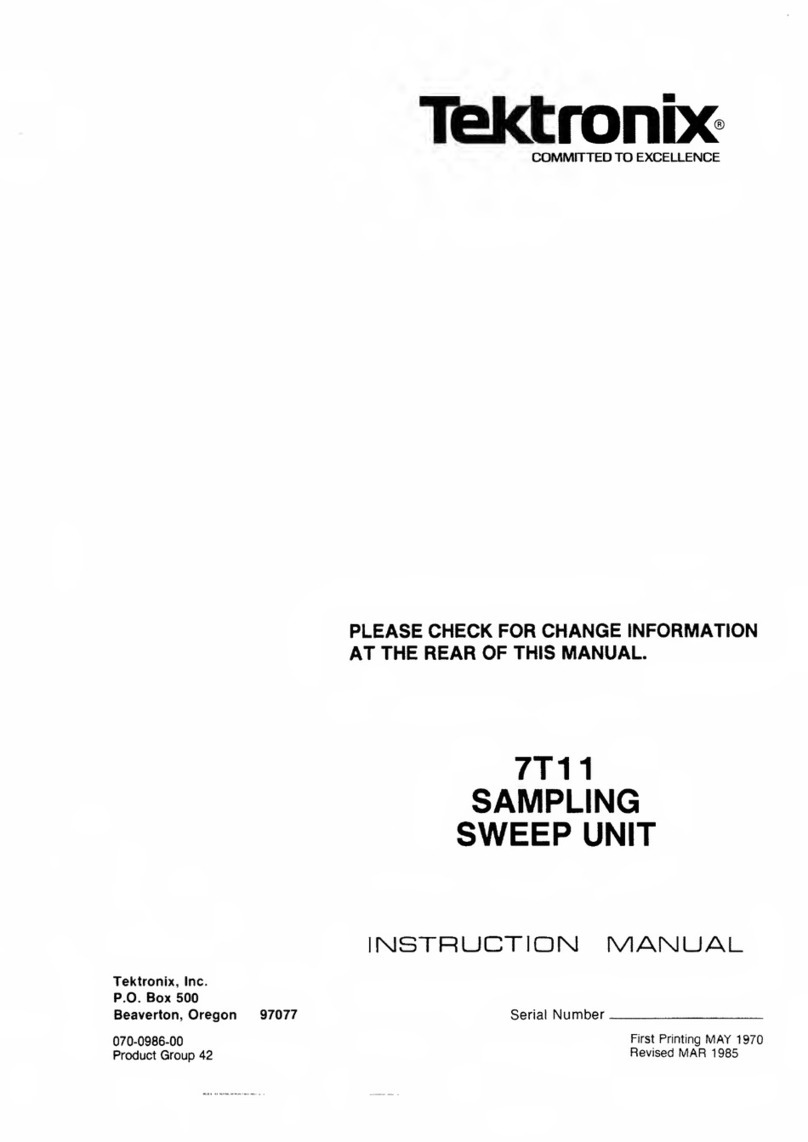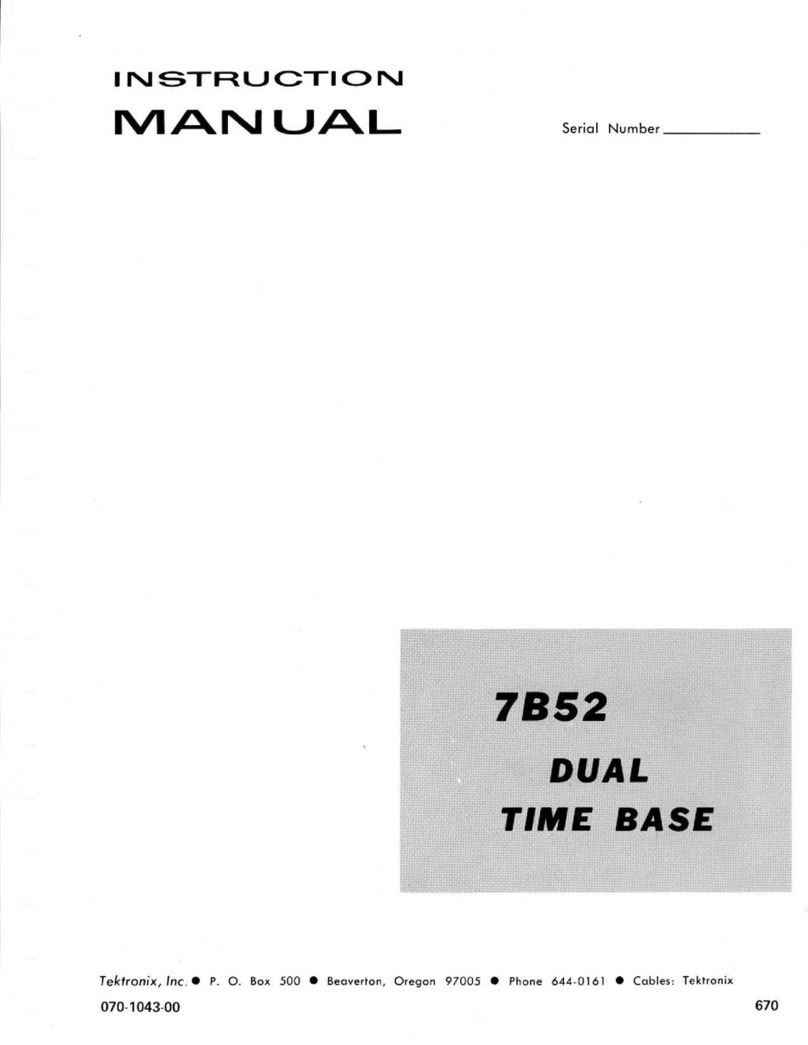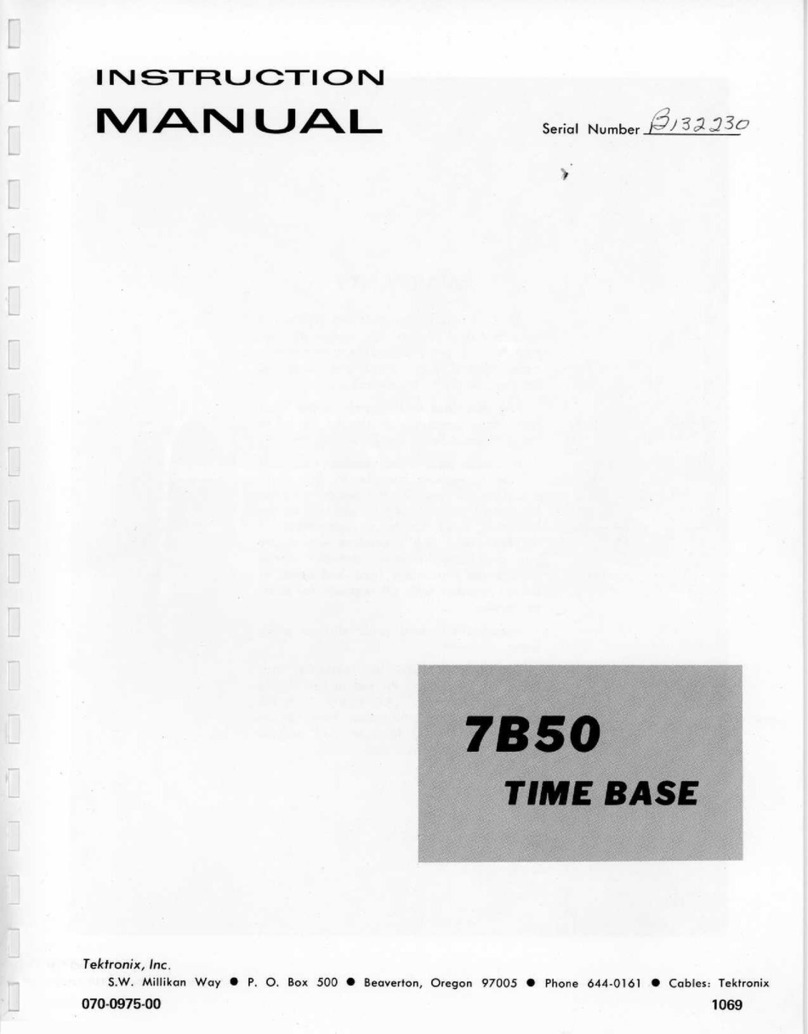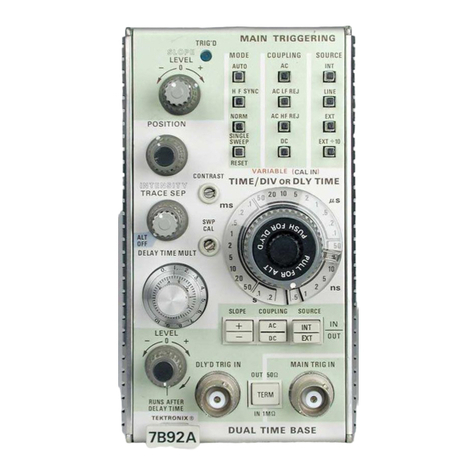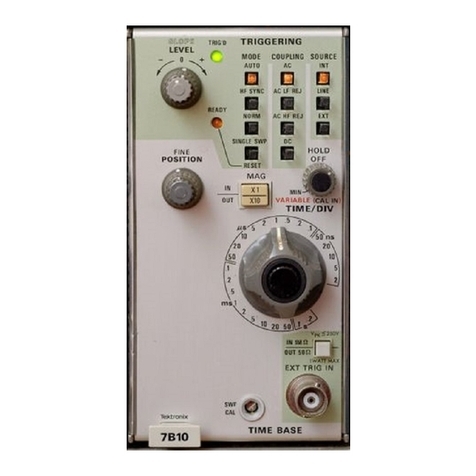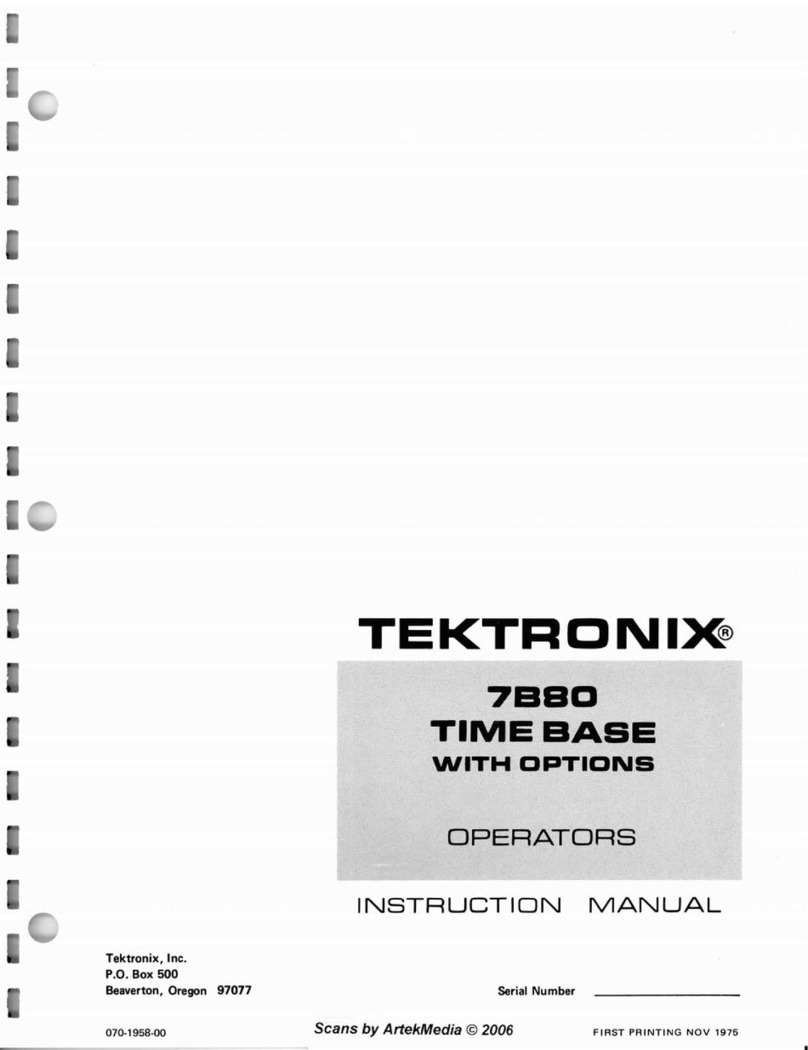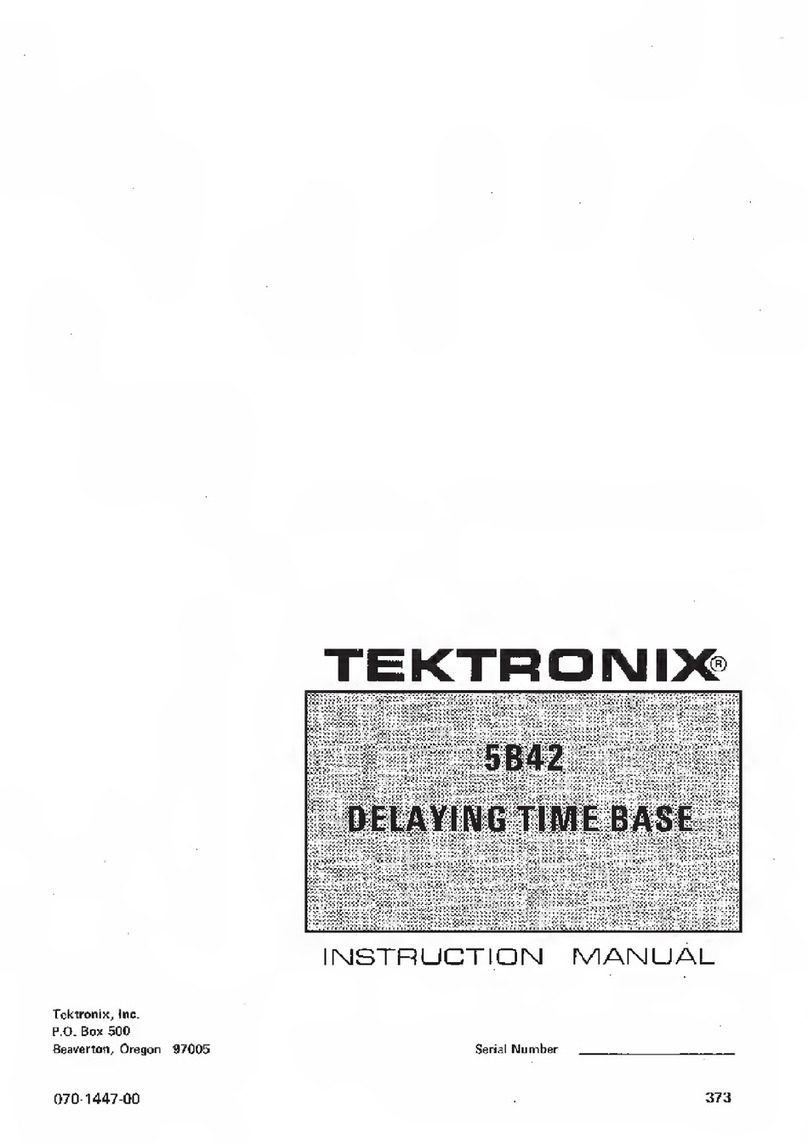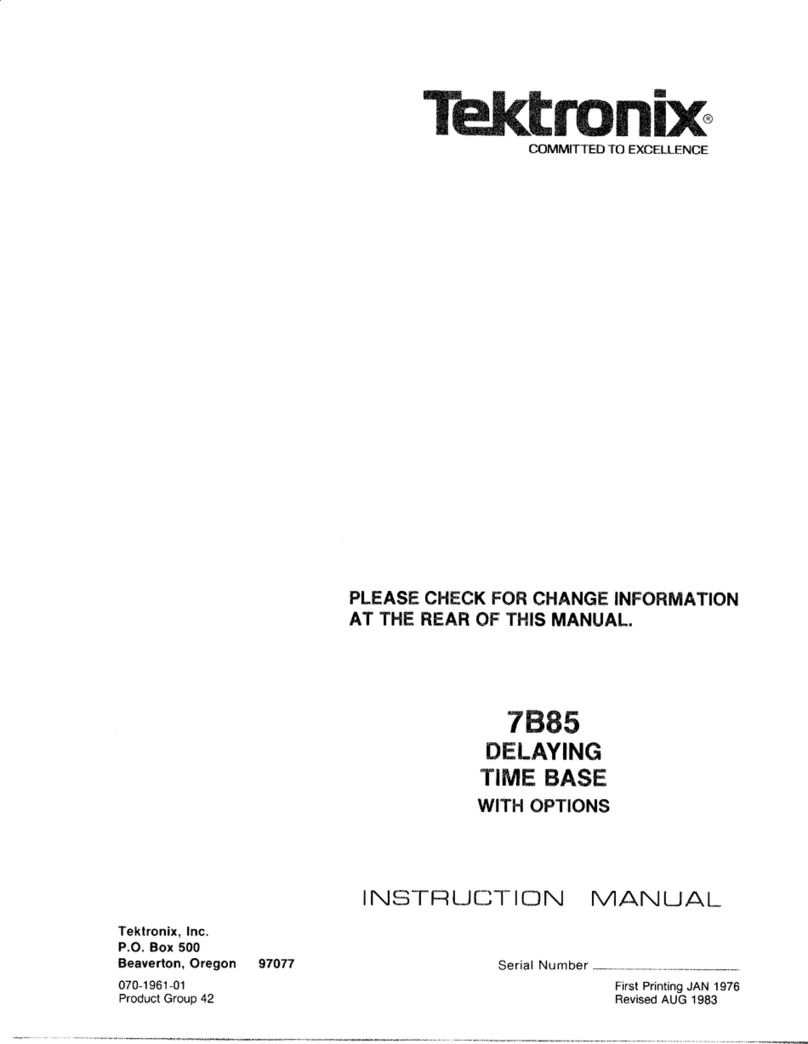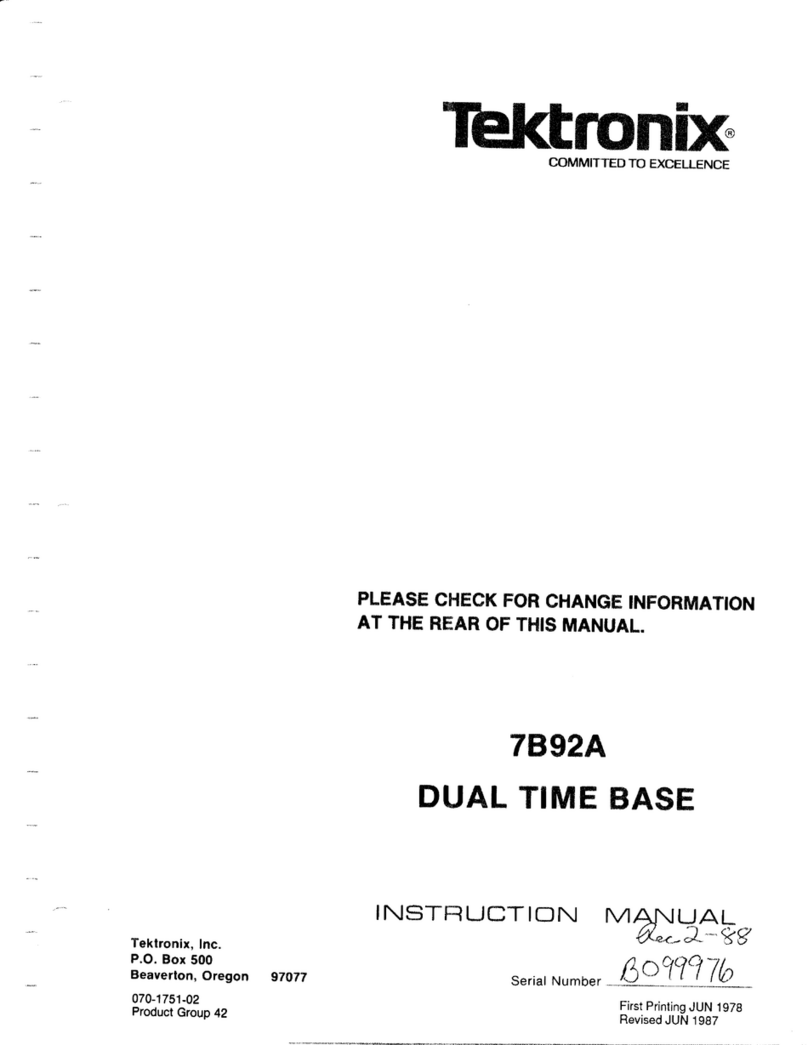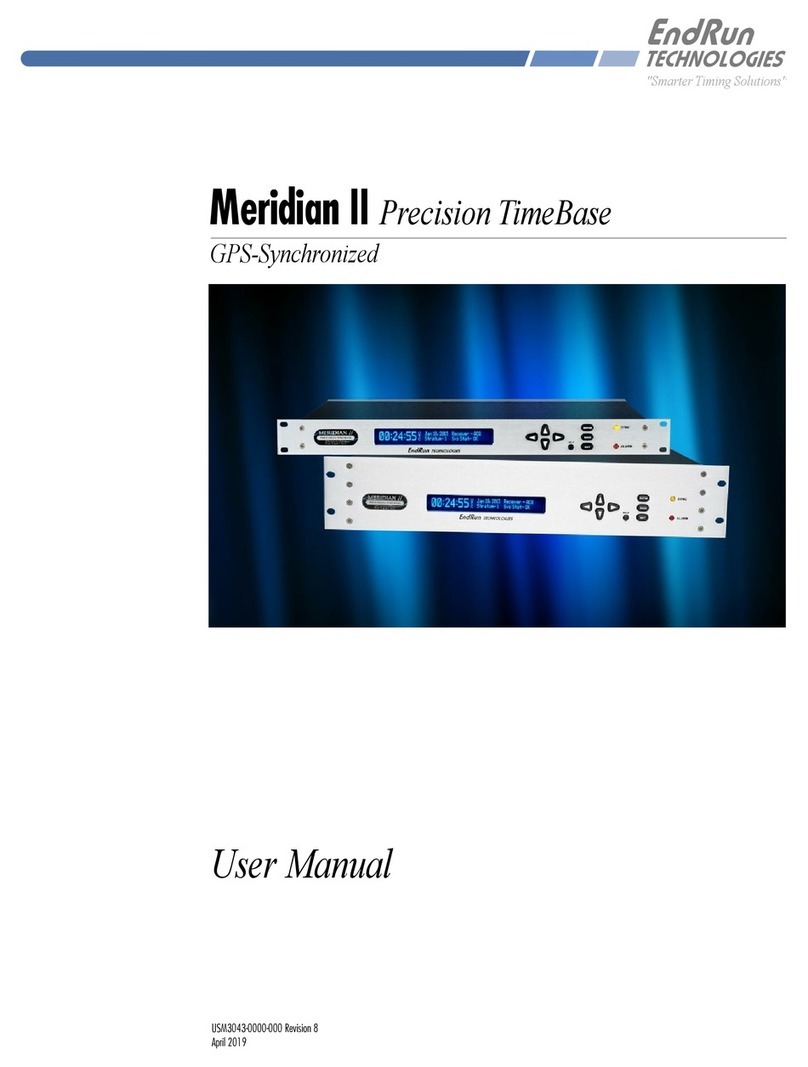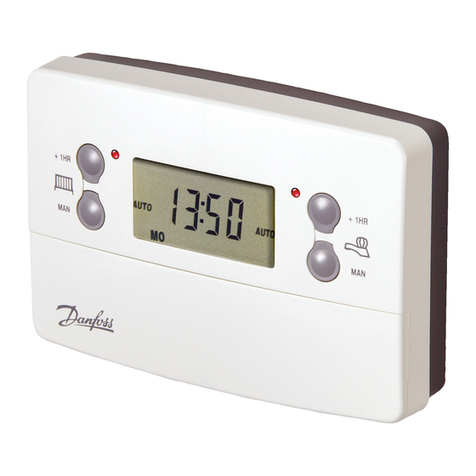
Scans
By
Arlel.Media
Artek Media
1042
P
lu
mme
r
Cir
. SW
Rochester,
MN
55902
www.artekmedia.com
~
High
re
so
lution
scans
of
obsolete
technical
manuals
~
If your looki
ng
for a quality scanned technical manual
in
PDF
format please visit
our WEB site at www.artekmedia.
com
or drop us
an
email at
manuals@artekmedia.com and we
will
be happy
to
email
you
a current
list
of the
manuals we have available.
If
you
don't
see
the
ma
nual you need
on
the
li
st drop
us
a line anyway we may
still
be
able to
pO
int you to other sources.
If
you
ha
ve
an
existing manual
you
would like scanned please write for details, This
can
often
be
done very
reasonably
in
co
nsi
derati
on
for adding your manual to our library.
Typical
ly
the
scans
in
our
manuals
are
done
as
follows
;
1)
Typed text pages are typ
ica
lly scanned
in
black
and
white at 300 dpi.
2)
Photo pages are typically
sca
nned
in
gray scale mode at 600 dpi
3)
Schematic diagram pages are typically scanned
in
black and white at 600
dpi
un
less the original manual had colored high lighting (as
is
th
e case for
some
70
's vintage Tektronix manuals).
If
you
purchased this manual from us (typically through
ou
r Ebay name of
ArtekMedia) thank
you
very
mu
ch. If you received this from a well-meaning
"friend" for free we would appreciate your treating this
mu
ch like
you
would
"share ware
".
By
that we mean a donalion of at least $5-10 per manual is
appreciated
in
recognition of the time
(a
manual
can
take as much as 40 hours to
reproduce, book, link etc.), energy a
nd
quality of effort that went into preserving
this manual. D
on
ations
via
PayPal go to: manuals@artekmedia.com or
can
be
mailed
to
us
the address above.
Dave & Lynn Henderson
Artek Media
